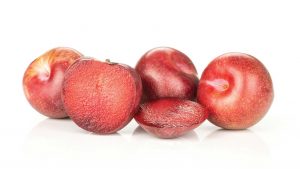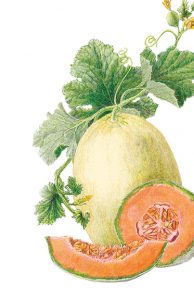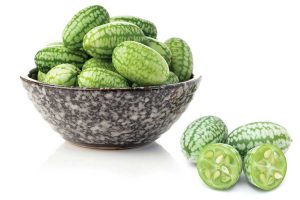Unusual plants to shake up the garden—and your taste buds
06 Jul 2019
Freaky & Flavorful
By Carol Brock Harvesting a garden is one of life’s delights. Freshly picked and plated broccoli, strawberries, melons, plums, kale and cucumbers are tasty additions to any meal, but these six fruits and veggies have varieties that offer more curious flavors. Sow or plant the following in your garden for delicious alternatives to traditional harvests.Pineberry

Plum Possibilities

Kalette

Papaya Dew Melon

Cucamelon

Broccoflower













